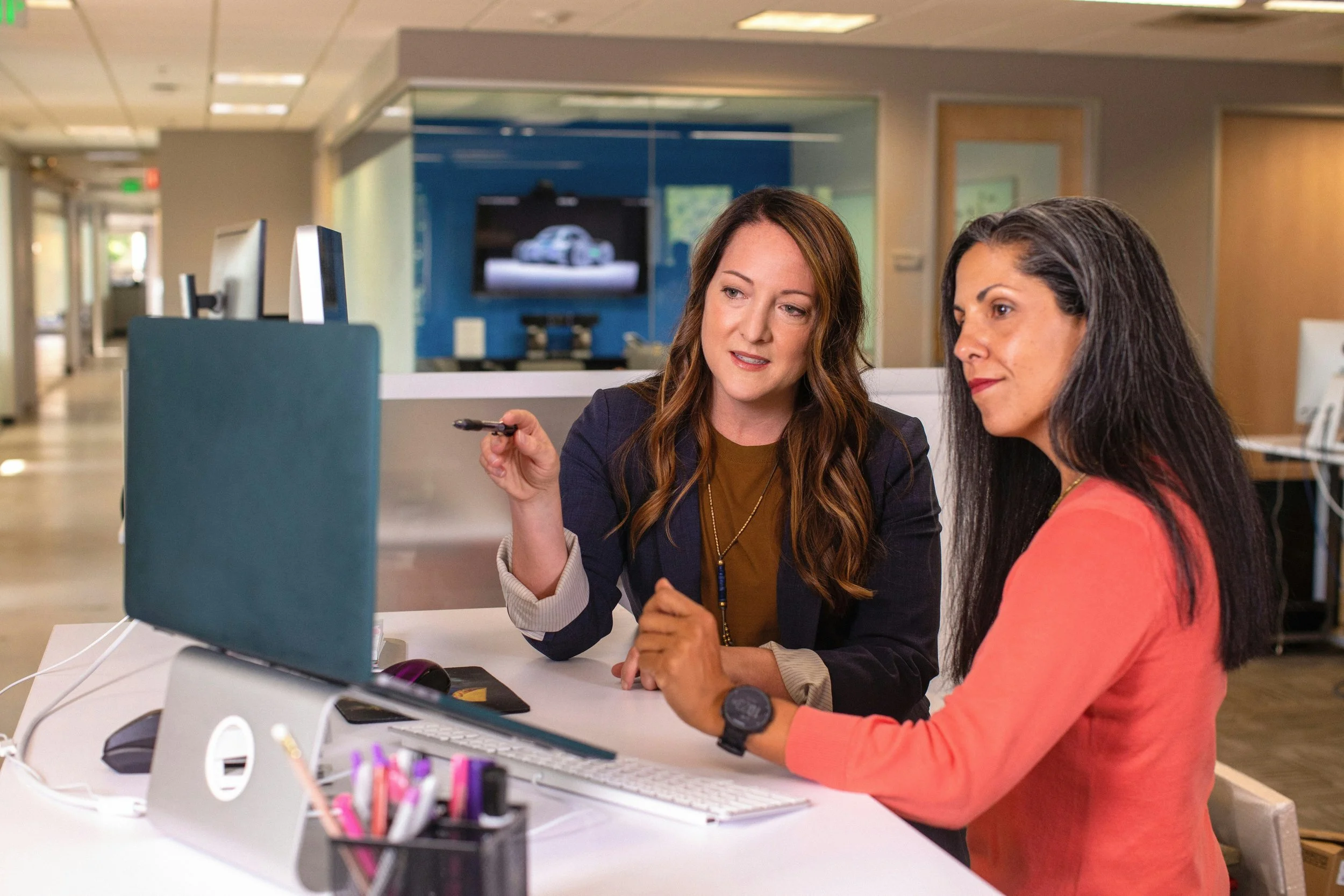March is Endometriosis Awareness Month
Unfortunately, it is estimated that 176 million women suffer from this potentially debilitating condition. However, despite its prevalence, it is often misunderstood. Worse still, it can take up to 10 years before it is diagnosed and treated.
This article will explain what endometriosis is, debunk any misconceptions around this condition and offer strategies that you could try, if diagnosed with it.
What is Endometriosis?
It's a condition where tissue that is similar to but not the same as the lining of the womb, starts to grow in other places in a woman's body like in her ovaries and fallopian tubes.
The Symptoms.
She may not have any. If she does they can include:-
Pain in her lower abdomen or back which worsens during her periods and during or after sex.
Pain when urinating or defecating during her periods.
Nausea, constipation, diarrhoea or blood in her urine during her period.
Really heavy periods.
Period pain that is so bad, it stops her doing her normal activities.
Tiredness.
Sadly, there is no cure for this condition and the cause of it is unknown.
It can affect women of any age, even teenagers can develop it. It's a long-term condition that can significantly impact a woman's life.
Over time, it can lead to depression. If untreated, severe endometriosis could lead to infertility in about 30% to 40% of cases and increase the risk of developing certain cancers.
The only way for women to know if they have definitely got it, is having a laparoscopy; a procedure where a small camera (laparoscope) is inserted into her abdomen.
Women are told it’s in their heads!
As it seems to be the case with other female health conditions, some women, when they see their GPs about their symptoms, are patronised by comments such as, ‘severe period pain is normal,’ ‘it’s in your head,’ or worse still, ‘you have a low pain threshold!’
Eventually, when they are taken seriously, they can have surgery, which cuts away patches of the affected tissue. However, this is not a complete cure. Women that are affected, often continue to experience symptoms after their surgery.
Strategies to help you cope with the pain.
First of all, experiencing pain that impacts your daily activities is NOT normal. So, don’t be fobbed off by your GP.
In the meantime, you can take painkillers like ibuprofen and some women have tried acupuncture and chiropractic treatment.
Having a warm bath, placing a heat pad on your lower abdomen can help to relax cramping pelvic muscles. In fact, a study of 81 women from 2001, showed that using heat pads was as effective as ibuprofen for pain relief.
A 2010 study found that massaging the pelvic area which included parts of the abdomen - sides and back, helped to reduce menstrual pain.
Gentle exercise, like walking, helps to produce endorphins which can reduce pain. Also, exercise may help to lower oestrogen levels in your body and improve symptoms. Yoga can be effective for pelvic pain, too.
Or, you can try lying on your side with knees pulled into your chest. to relieve pain or pressure in your back.
Foods to avoid:
Eating a diet with too much trans fat - fried, processed and fast foods. Research has found there are higher rates of endometriosis diagnoses among women who regularly eat those foods.
Red meat. It has been linked to an increased risk of endometriosis.
Alcohol.
Caffeine.
Gluten. Research is minimal in this area but a study of 207 women with endometriosis had a 75% reduction in their pain after eliminating gluten from their diet.
If you decide to cut down or eliminate the above to help your symptoms, perhaps, keep a food diary to track any changes you notice. If you decide to cut out gluten, I'd suggest speaking to healthcare professionals for advice.
Foods to Include in Your Diet:
Plenty of Fruit and Vegetables.
Legumes.
Whole grains.
Iron-rich foods like dark leafy greens, broccoli, nuts and seeds and fortified grains.
Foods rich in essential fatty acids like walnuts, flax seeds and chia seeds. Or take omega-3 supplements.
Antioxidant-rich foods like berries, oranges, peppers, spinach, chocolate.
Remember, period pain that interferes with your daily life is not normal. Please see your GP if you have that or any other symptoms as described above.
Sources: nhs.uk, healthline.com, mayoclinic.org, medicalnewstoday.com, webmd.com, endometriosis-uk.org, endometriosis.org, endometriosisnews.com, nutritionist-resource.org.uk











